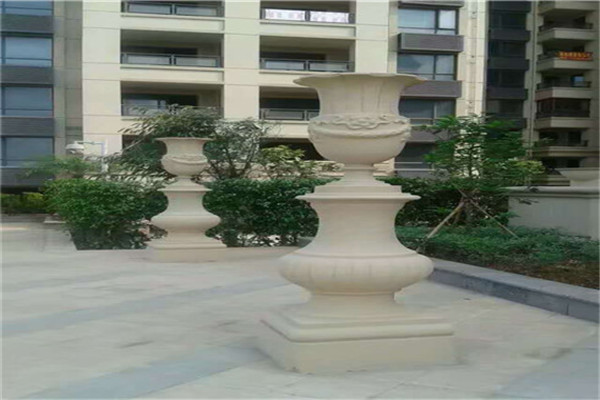
Root carving is to create artistic works of characters, animals, utensils and other artistic images through conception, artistic processing and process, taking the autogenetic form and distorted form of tree roots (including tree bodies, nodules, bamboo roots, etc.) as the object of artistic creation. Root carving art is a kind of plastic art that finds natural beauty and shows creative processing. The so-called "three parts of labor, seven parts of nature" means that in the creation of root carving, most of the natural forms of root materials should be used to express artistic images, and a few of them should be artificially processed and modified. Therefore, root carving is also called "root art" or "root art". The basic technique of root carving is to use exaggeration, fantasy and abstraction to reflect real life. To be specific, it is to make a comprehensive and careful observation of the selected root material and make a clever idea. By virtue of its shape, texture, knots, concavity and convexity, curvature, holes, and so on, it is a bold idea to combine the virtual with the real. The line seeks the usable value of the material itself with a variety of themes and contents, and is good at finding the extraordinary from the ordinary, and gradually determines the overall image of the creation. It is very important to make clear the creative idea and imagine boldly for the root generation creation.
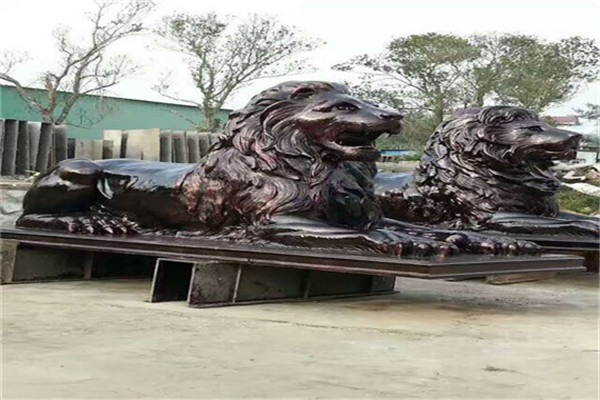
Microcarvings pay special attention to the selection of materials. The stone material should be absolutely pure, and there should be no sand grid or half silk cracks, because half a sand dot may damage a fine picture or more than 10 Chinese characters. Secondly, the micro carving knife is also a special thin knife, which should be sharp and sharp. It is necessary to have a particularly proficient knowledge of calligraphy and traditional Chinese painting. When carving, "meaning carving" and "meaning carving" can be carried out. Hold your breath and concentrate on your thoughts on the spot. The knife should be stable, accurate and ruthless. The micro carved knife is just a pen. The skill is not enough. Because the knife is slightly out of control, it doesn't reach its purpose. The calligraphy effect must be paid attention to when matching the micro engraving inscriptions on the micro sculpture works. The creators should avoid the ugly appearance, the skew of characters, the uneven lines, the inaccuracy of paintings, and the imbalance of matching. We should grasp the artistic effect of the line changes produced by cutting tools and customized stones. Only in this way can calligraphy and knife techniques and strokes be perfectly unified.
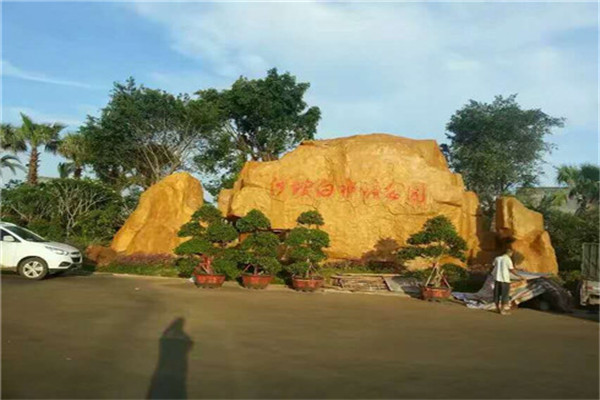
Marble, granite, Hui'an stone, Qingtian stone, Shoushan stone, Guicui stone and other materials are generally used for stone carving. Granite and marble are suitable for carving large statues; Qingtian stone and Shoushan stone are rich in color, which are more suitable for small stone carvings. There are many ways to make stone carvings. According to the nature of stone materials and the habits of the carvers, stone carvings can be roughly divided into two types: first, traditional methods. Conception, composition, modeling and stone carving are all done by individuals alone. For large-scale carving of lines, the horizontal and vertical lines shall be drawn on the stone, the grid shall be made to take materials, and the simple measurement and positioning method shall be used for carving. The second is to adopt a new process, that is, first make a clay sculpture, turn it into a plaster statue, then take the plaster statue (model) as the basis, rely on the point shaped instrument, and then carve it into a stone statue.

When people talk about jade cultivation, the word "cultivation" not only tells us that jade is a living substance, but also contains a lot of knowledge. The maintenance of jade jewelry can be summarized as follows: the hardness of jade is very high, but it is easy to crack after collision. Sometimes, although the cracks cannot be seen with the naked eye, the molecular structure in the surface of jade has been damaged, with dark cracks, which greatly damages its perfection and economic value. Avoid dust as much as possible. If there is dust on daily jadeware, it should be cleaned with a soft brush; If dirt or oil stains are attached to the surface of the jade, they should be brushed with mild soapy water, and then washed with clean water. Do not use chemical degreasing agent or degreasing fluid. It is better to put it in the jewelry bag or jewelry box to avoid scratches or damage. If it is high-grade jade jewelry, do not place it on the counter to avoid dust and affect the transparency. Try to avoid contact with perfume, chemicals, soap and human sweat. If jade is exposed to too much sweat and is not wiped clean immediately after wearing, it will be eroded, causing damage to the outer layer and affecting the original brightness. Especially the "glass ground" jadeite and white sheepskin jade, which also avoid sweat and grease. Jade should be protected from the sun, because the expansion of jade in case of heat will affect its quality. Hibiscus jade, crystal, agate, etc. may even burst under high heat. Wipe the accessories with clean and soft white cloth, not with dyed cloth or hard fiber cloth. Jade jewelry inlaid with diamonds, rubies, emeralds and other precious stones should only be wiped with a clean white cloth to remove grease, dust, etc., which helps maintain and maintain the original quality. Keep proper humidity. The quality of jade depends on a certain humidity, especially for aquabilite and crystal jade. The surrounding environment shall not be too dry.
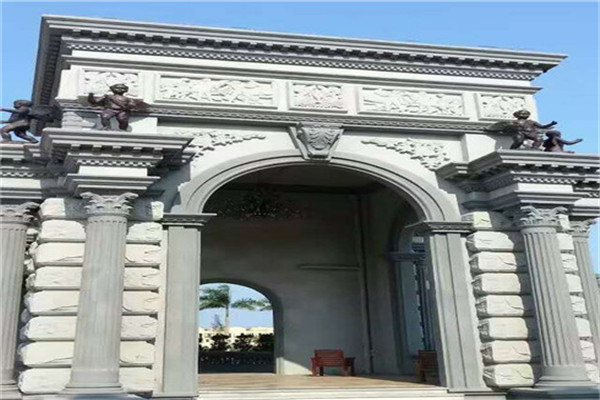
Bonsai sculpture is an ingenious combination of plant cultivation technology and garden art. It is an organic unity of landscape, basin and several frames. Stone sculpture Price It is mainly composed of trees and shrubs, with rocks, people, buildings, etc. as the background, to show the beautiful scenery of giant trees in the wilderness, lush forests or ancient trees with thousands of years. There are evergreen pines and cypresses, such as five needle pine, black pine, larch, juniper, etc; Flowers and fruits include camellia, brome, June snow, longevity peach, fire thorn, pomegranate, etc; Miscellaneous trees include broad-leaved trees, shrubs such as elm, skeleton, etc. The miniature bonsai, which is the size of a wine cup, is planted in a basin with a wild state, exquisite and attractive plant shape. The cursive potted landscape refers to the shape of plants into a certain word, commonly used as elm with golden leaves, rose vine, etc. The chrysanthemum potted landscape is to use the small chrysanthemums grafted on Artemisia annua to twist the artemisia stem and form a vigorous tree trunk by manual traction; Modern green sculpture three-dimensional sculpture, also known as "three-dimensional painting", can enjoy different scenery from different angles and positions. There are combinations of rattan plants and buildings, such as green bridge columns, colorful landscape walls, etc. Foshan Stone sculpture There are sculptures of grass and flowers, such as the charmingly naive giant panda, the beautiful peacock, the elephant with a long nose, the giraffe with a raised neck, flocks of cattle and sheep, monkeys playing on horseback, etc
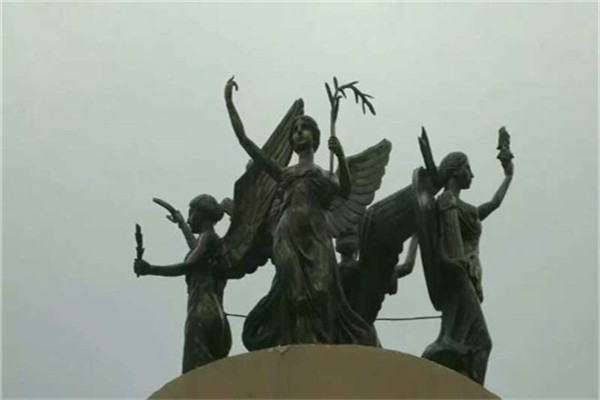
1. Traditional green sculpture shaping: directly pruning the plants with garden art. There are simple geometric shaping (such as sphere, cube, pyramid, cylinder), complex geometric shaping (layered shaping, spiral shaping, etc.), animal shaping and various peculiar shaping (automobile shaping, aircraft shaping, abstract and free shaping, etc.). Common plants include pine and cypress, privet, boxwood, national locust, elm, etc. 2. Grafting: taking a certain plant as the rootstock, grafting plants with different impressions on it, and then making artistic processing of its shapes, such as polychrome chrysanthemum bonsai, polychrome rose bonsai, polychrome peach, polychrome plum, polychrome crabapple, etc. Such as cliff chrysanthemum, tower chrysanthemum, animal shaped chrysanthemum, etc. 2.1 Single plant green sculpture refers to the sculpture formed entirely by one plant or one plant with multiple colors or by grafting multi-color plants. The sculpture has a long viewing period and simple operation. For example, tree sculptures can be kept for a long time only by special pruning, without considering flower changing and water spraying, and the maintenance management is simple. 2.2 Double plant green sculpture refers to the sculpture shaped by two different kinds of plants. The sculpture has a long viewing period and a strong three-dimensional sense. It is usually modeled with the complementary and mutually reinforcing advantages of two plants. Such as evergreen and deciduous plants, broad-leaved and coniferous plants, lianas and herbs, as well as different colors, species, branches and leaves, such as leaf color, flowers and fruits, branches and stems. 2.3 Mixed plant green sculpture refers to sculpture with three or more kinds of plants. The sculpture has a short viewing period and complicated operation, but it is highly ornamental and lifelike. The common ones are large three-dimensional sculptures, some animal shaped sculptures elaborately composed of flowers, leaves and fruits of different plants according to design requirements, such as peacock, red crowned crane, panda, etc; Or symbolic sculptures with certain cultural connotation and city image, such as idiom allusion sculptures (learning to walk in Handan, dancing at the smell of chickens), Olympic seal, football World Cup, etc.






